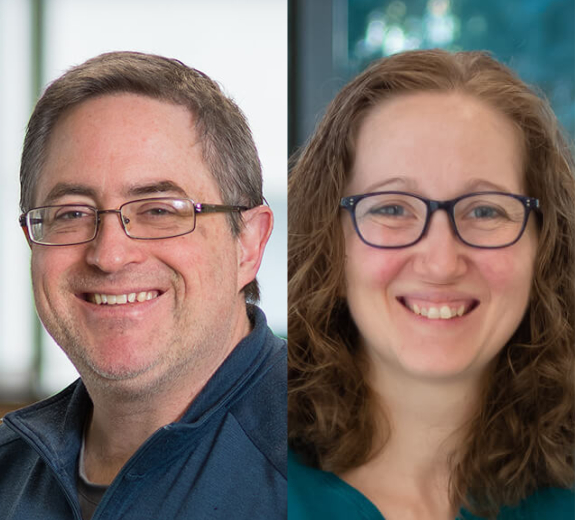BRI recently launched an Innovation Fund to support visionary research and take science in new directions. The fund, powered by philanthropy, enables BRI scientists to test and implement new technologies through innovative research projects. After the initial project, the technology becomes available to scientists across BRI.
“There aren’t many funding opportunities for early-stage ideas or implementing new technologies, so we started this fund to close that gap,” says BRI President Jane Buckner, MD. “This fund is enabling our team to test new and exciting ideas, apply the latest technologies, and generate the preliminary data needed to apply for larger grants.”
Here’s an update on one of the first projects the Innovation Fund is supporting, led by Caroline Stefani, PhD, and Eddie James, PhD.
Exploring New Ways to Treat T1D
Beta cells live in the pancreas and help our bodies make insulin. But in people who have type 1 diabetes (T1D), beta cells get mistakenly attacked by immune cells called T cells.
A lot of T1D research is focused on finding ways to slow down and stop the attack on beta cells. But Drs. Stefani and James are asking a different question: Can we make the beta cells more resilient against attack?





